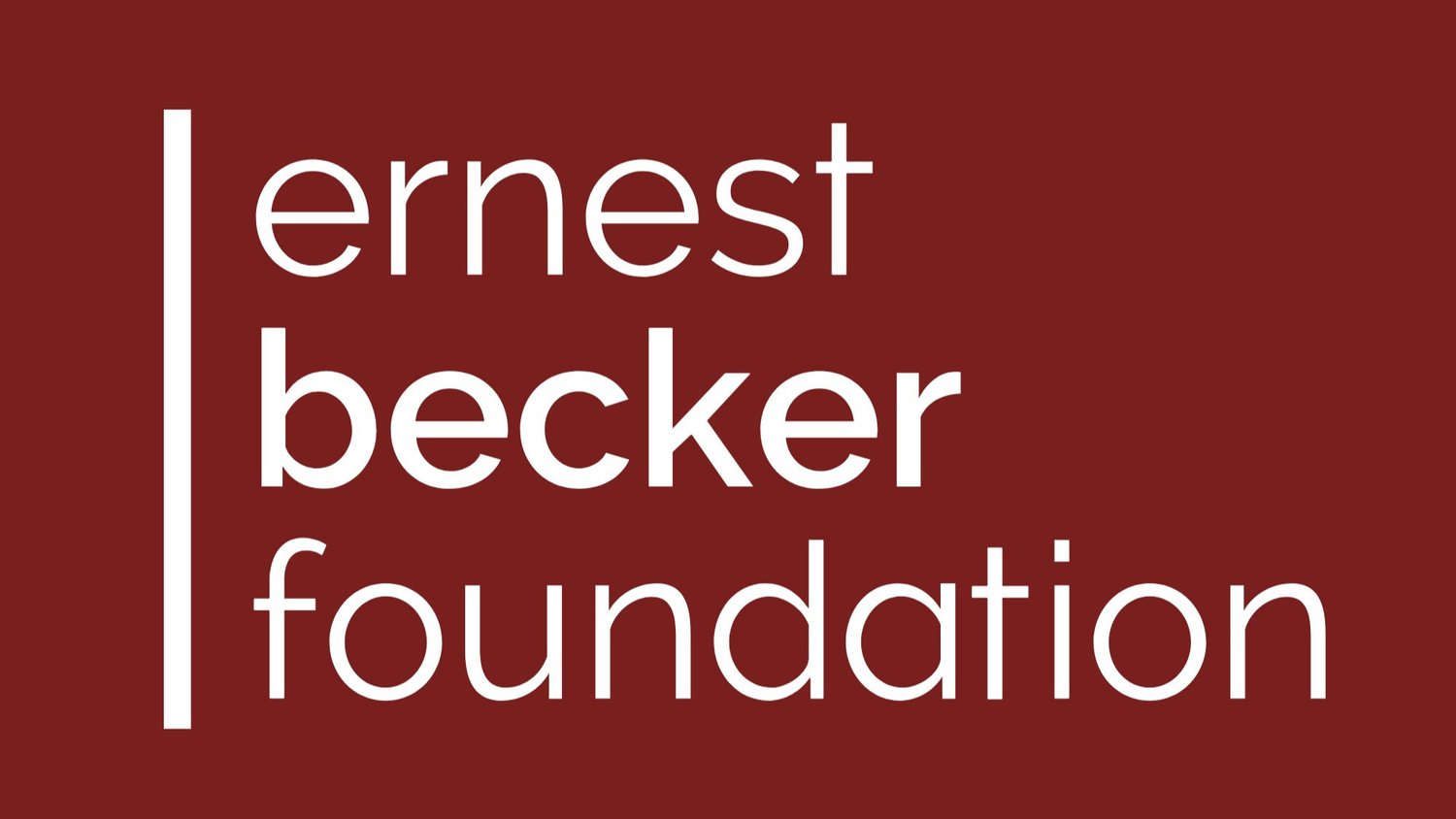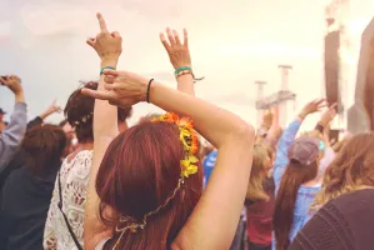Miliaikeala Heen is a doctoral student at the University of Nevada, Las Vegas in the Department of Criminal Justice, working under Dr. Joel Lieberman. Her current research looks at reducing sexual assault and harassment in crowds (i.e., music concerts and festivals, night and day clubs, sporting events), by examining the personality factors and situational dynamics that facilitate and contribute to sexual violence.
Please tell us about your research relating to crowds and sexual assaults, and what you’ve drawn from it.
We’ve been looking at sexual assaults at music concerts and festivals. Millions of people go to music festivals each year in the U.S., and it’s happening internationally as well. 18% of the U.S. population goes to festivals, so that is a huge chunk of people going to these events each year! We’ve found that unfortunately, the context of these events create settings that facilitate sexual assault. The crowds are extremely dense, the venues are often dark, there is rhythmic dancing and sound, body contact, less clothing, a sense of anonymity, and on top of that people are drinking. Surveys show that there are high levels of harassment and groping, and other forms of unwanted sexual behavior like aggressively being hit on, sexual gestures, or unsolicited comments about one’s body, that have happened at music festivals. One survey said that 92% of female fans have experienced harassment, 55% were groped, and 41% have experienced two or three forms of unwanted sexual behavior. Last year there was a reporter from Teen Vogue who went to Coachella back in April, and was groped 22 times in 10 hours while—ironically—writing a story on sexual assault at music festivals.
One survey said that 92% of female fans have experienced harassment…
Do these surveys measure who is doing the harassing?
No, the surveys that have been done so far have focused on the type of experience or encounter and not necessarily the offender. We are getting ready to launch a survey that looks at that specifically, and other situational dynamics that will hopefully give us a clearer picture of what is happening. We definitely need to see who the offenders are, which will allow us to tailor specific prevention efforts.
What theories or frameworks are guiding your research? Can Becker’s ideas/TMT shed light on the role of anonymity in our propensity for ‘evil’ (or transgressive behavior)?
We’ve found that the key theoretical concepts guiding our research relate to deindividuation, anonymity, impulse control, self-regulation, self-esteem, role of norm formation, and intrinsic motivation. So the big one as it relates to TMT is of course self-esteem and threats to egotism, which have been shown to produce aggression, violence, anti-normative behavior, as well as greater tolerance for violence against women. So going forward, this raises questions with regards to the intersection of self-esteem and anonymity. We know that people are more likely to behave in anti-normative and disinhibited ways when the likelihood of getting caught is decreased, so what happens when on top of that, you add being surrounded by a group of people, and then maybe even getting rejected by the victim. Are rejection, humiliation, and shame heightened when you’re within that large crowd? If so, it’s an additional threat to your ego, because not only were you rejected, but you were rejected in public in front of a large crowd.
How does alcohol come into play?
Anonymity is definitely what we see as the initial starting point for people’s propensity for evil and transgressive behavior, but when you add alcohol and drug use into the mix it creates a perfect storm. There is a greater likelihood of sexual assault when both the offender and victim have been drinking. In addition, research shows that alcohol also affects bystanders’ ability to see what’s going on around them and intervene. So we have alcohol contributing to the occurrence of violence, but also inhibiting bystander intervention efforts. Not an ideal situation to prevent assault. Even further, alcohol is such an inherent part of entertainment and event income. I would imagine venues and festival organizers aren’t going to be open to limiting alcohol sales.
We know that people are more likely to behave in anti-normative and disinhibited ways when the likelihood of getting caught is decreased, so what happens when on top of that, you add being surrounded by a group of people, and then maybe even getting rejected by the victim.
What might help to reduce assault?
It’s still very exploratory in nature so we don’t have any definitive findings yet, but we have some solutions that we think have the potential to reduce sexual offenses at live music events based upon what we know from surveys and media reports. And it seems that most of these solutions are guided by theories on norm formation and intrinsic motivation. One way to do this is to promote explicit and visible anti-harassment policies, at all stages of the event. Starting before, on social media, and then during the event on the screens while people are waiting, etc. Seeing messages of what’s expected of you and what the rules are for these events may being to establish those norms. This can also increase bystander intervention. In addition to that, having messaging – in bathrooms, on stages, at food tents –would further enhance intrinsic motivation (and in turn, self-regulation) to abide by the norms that are in these environments. One thing that a lot of groups are doing is coming up with these somewhat cheesy mottos that are on posters and pins and shirts, that say things like, ‘Don’t be That Guy,’ ‘Consent Rocks,’ ‘Stay Hydrated, Wear Sunscreen, and Get Consent,’ or Lollapalooza’s message of ‘Don’t Lolla Near my Palooza.’ It’s a serious issue, but you also need to reach your audience. Using language that people can relate to is important, while additionally demonstrating that there is a zero-tolerance policy. Basically, the goal is to change the dominant worldview to include consent, and then see what kinds of messaging and persuasion techniques will motivate people to uphold that worldview. Additionally, enhancing people’s sense of individuality as opposed to anonymity and deindividuation can help as the latter is where people are more prone to behave badly.
We also want to explore the pathways of reporting. Whether that be if people reported what happened to them, who did they talk to and what was the result, or conversely if they didn’t report, what influenced their decision? Understanding why people choose not to report is extremely important.
Research shows that active music engagement, like attending musical events or dancing to music, positively contributes to our standard of living and well-being, especially if done with others. We should all be able to go to a music festival or event and have a good time, and not have to worry about getting sexually assaulted. Unfortunately that doesn’t seem to be a reality. However, we think that if people can control their behavior and impulses, whether it be through messaging, changes in culture and norms, or impulse control and regulation, a lot of this behavior can be reduced. Ultimately our goal is to tackle sexual violence in crowds and public events by focusing on prevention at the individual (i.e., self-esteem, locus of control, impulse control and regulation) and situational and environmental level (e.g., safety measures, substance use, bystander intervention, etc.)



